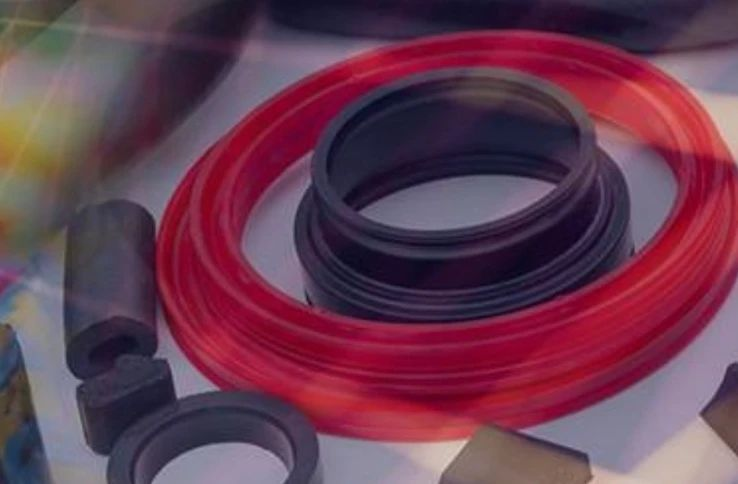In the 2024 month of July, the global butyl rubber market experienced bullish sentiment as the balance between supply and demand was upset, putting upward pressure on prices. The shift has been exacerbated by a surge in overseas demand for butyl rubber, increasing competition for available supplies. At the same time, butyl's bullish trajectory was reinforced by tighter market conditions caused by higher raw material prices and higher operating costs and higher production costs.

In the US market, the butyl rubber industry is on an upward trend, mainly due to the increase in production costs due to the increase in the price of isobutene, the raw material, leading to an overall increase in market prices. The bullish trend in the butyl rubber market reflects strong price dynamics in spite of broader challenges. However, the downstream US car and tyre industries faced difficulties at the same time. While sales in July are expected to recover after the disruption caused by the June cyber attacks, they were down 4.97 per cent compared with the previous month. The weak performance contrasts with the bullish butyl rubber market as supply chains are complicated by the ongoing disruption of the US hurricane season and rising exports. Rising production costs, supply chain disruptions and rising exports have combined to create a bullish market scenario for butyl, with higher costs supporting higher prices for butyl in spite of difficulties in the automotive and tyre industries. In addition, the Fed's continued high interest rate policy, with borrowing costs at a 23-year high of 5.25% to 5.50% , has raised fears of a potential recession. This economic uncertainty, combined with weak auto demand, has led to bearish sentiment.
Similarly, China's butyl rubber market has also experienced a bullish trend, mainly due to the raw material isobutene price increase of 1.56% led to higher production costs and deployment increases. In spite of the weakness in the downstream car and tyre sectors, demand for butyl's rubber has been boosted by a surge in exports, which rose about 20 per cent to 399,000 units. This increase in exports has led to an increase in consumption at existing inventory levels. The severe supply chain disruption caused by Typhoon Gami has severely affected the flow of goods in the region and disrupted key manufacturing units, causing a severe shortage of butyl rubber, the price increase was further aggravated. With butyl rubber in short supply, market participants have been forced to raise their bids, not only to cover increased production costs but also to improve margins in the face of tight supply.
In the Russian market, higher isobutene prices led to higher production costs for butyl rubber, which in turn led to higher market prices. Still, demand from the auto and tire industries shrank this month as they grappled with economic uncertainty. While the combination of higher production costs and weak domestic demand may have a negative impact on market performance, the overall market remains bullish. This positive outlook is largely supported by a surge in exports to major markets such as China and India, where demand for butyl rubber remains strong. The increase in activity helped offset the slowdown in the domestic economy, maintaining upward pressure on prices.
The butyl rubber market is expected to grow in the coming months, driven by increased demand from downstream car and tyre industries. Aleksej Kalitsev, chairman of the Carmakers' Council, noted that the Russian market for new cars continued to expand steadily. Although sales growth has slowed, the potential for further growth remains strong. The share of cars entering the market through parallel imports is falling to almost negligible levels. The car market is increasingly dominated by official importers and manufacturers. However, a combination of factors, including government efforts to boost local production, are expected to lead to a rapid decline in imports. Key factors that could affect the development of the new car market include the planned gradual increase in the disposal fee and the upcoming tax reform. While these factors will soon start to have a major impact, the full impact will not be apparent until late this year or early next year.
Post time: Aug-16-2024




